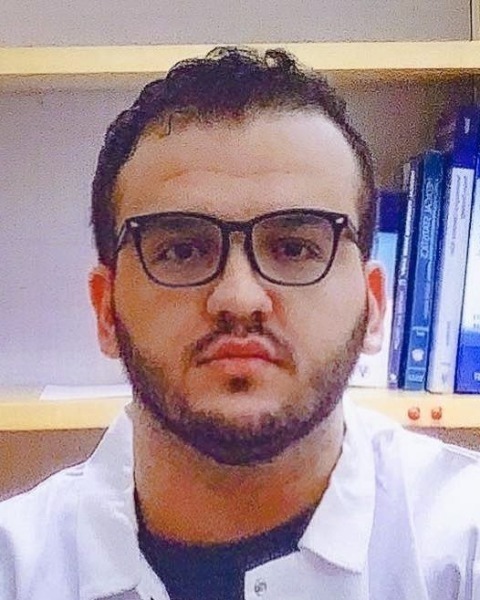Abstract Session
Abstract Session
(AS1) Gene Fusion Events Characterize Compressed Cerebral Organoids with Similarities to Traumatic Brain Injury
Monday, April 24, 2023
10:00am - 10:08am PST
Location: Los Angeles Convention Center, 402AB

Ahmed Habib
Researcher
University of Pittsburgh
Pittsburgh, Pennsylvania, United States
Presenting Author(s)
Introduction: The ability to model pathophysiological processes through 3D neural cultures in-vitro systems may enable new treatment modalities while eliminating the need for animal and human testing. Advances in 3D cell culture have resulted in the generation of human cerebral organoids, which to a great extent recapitulate key neural cytoarchitectural features. We have previously described an organoid-based traumatic brain injury (TBI) model. Here we describe a detailed genomic characterization of this organoid model and compare it to the genomic profile of TBI patients.
Methods: We generated cerebral organoids from human embryonic stem cells using a modified Linkous protocol. After maturation, the organoids were subjected to a custom-designed Mechanical Excitation Testbed (MET) that we described previously. We investigated the repercussions of organoid compression by taking a bioinformatics-based approach to identify changes at the molecular level that were dissimilar to control (non-compressed) cerebral organoids, and compared 12 compressed cerebral organoids to 22 TBI patients for similarities in the dysregulation of gene or gene products.
Results: RNA-seq data analysis has revealed important changes involving gene fusions and gene mutational events. Our preliminary findings from our RNA-seq data have identified gene fusions such as CSDE1-DEND2C, and genes involving MT-ND2 associated with the destruction of neurons in the brainstem and retinopathies. Furthermore, we have identified genetic variations brought on by TBI in genes responsible for brain development such as EFNB3 and SETBP1 whose dysregulation due to TBI led to protein dysfunction due to stop loss mutations or frameshift mutations respectively.
Conclusion : in-vitro brain organoid TBI models show strong similarities to the TBI genomic profile. Accordingly, Cerebral organoids could be used as a faithful in-vitro model for TBI. The ability to generate these faithful models could help test and provide a basis for hyper-personalized therapeutic modalities.
Methods: We generated cerebral organoids from human embryonic stem cells using a modified Linkous protocol. After maturation, the organoids were subjected to a custom-designed Mechanical Excitation Testbed (MET) that we described previously. We investigated the repercussions of organoid compression by taking a bioinformatics-based approach to identify changes at the molecular level that were dissimilar to control (non-compressed) cerebral organoids, and compared 12 compressed cerebral organoids to 22 TBI patients for similarities in the dysregulation of gene or gene products.
Results: RNA-seq data analysis has revealed important changes involving gene fusions and gene mutational events. Our preliminary findings from our RNA-seq data have identified gene fusions such as CSDE1-DEND2C, and genes involving MT-ND2 associated with the destruction of neurons in the brainstem and retinopathies. Furthermore, we have identified genetic variations brought on by TBI in genes responsible for brain development such as EFNB3 and SETBP1 whose dysregulation due to TBI led to protein dysfunction due to stop loss mutations or frameshift mutations respectively.
Conclusion : in-vitro brain organoid TBI models show strong similarities to the TBI genomic profile. Accordingly, Cerebral organoids could be used as a faithful in-vitro model for TBI. The ability to generate these faithful models could help test and provide a basis for hyper-personalized therapeutic modalities.
